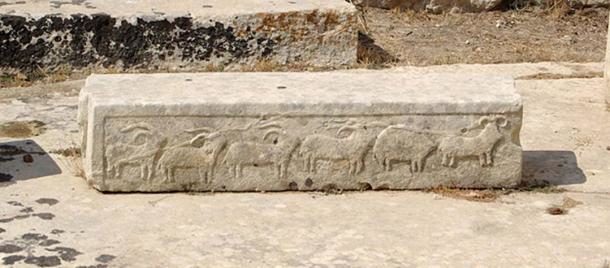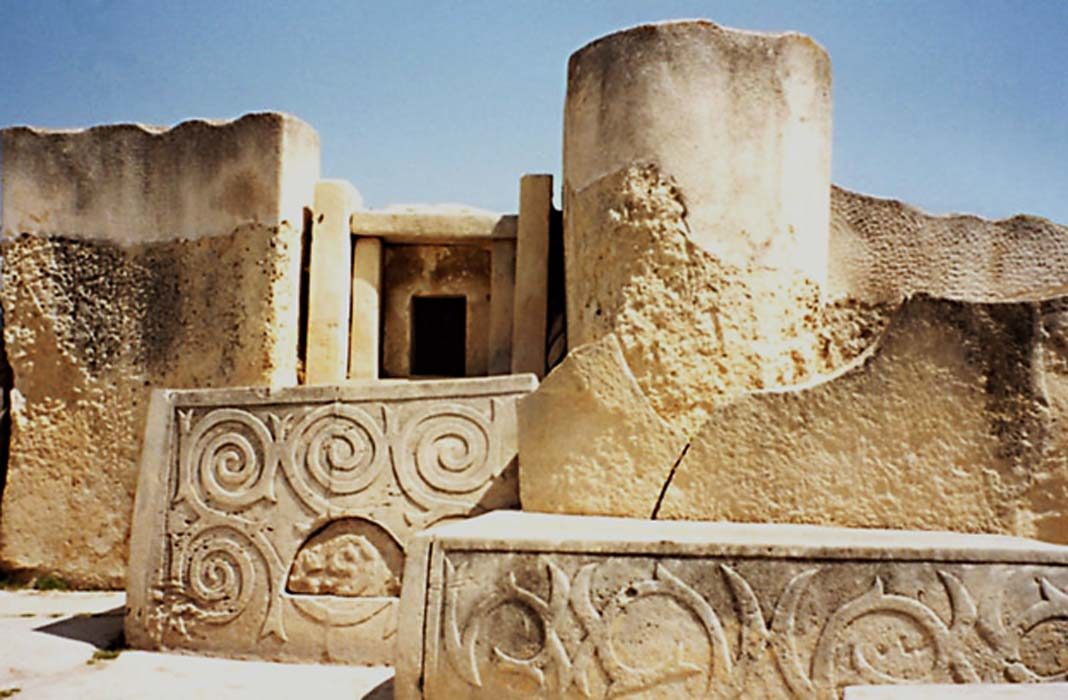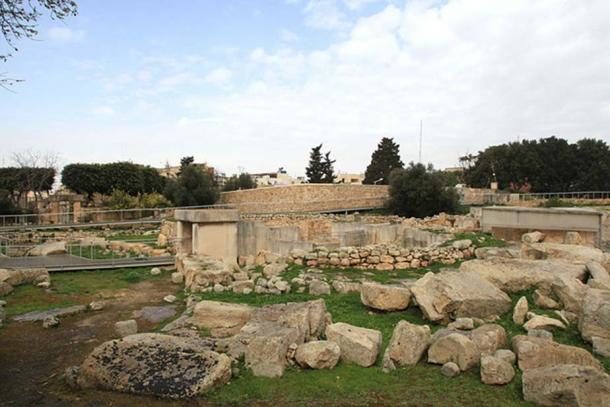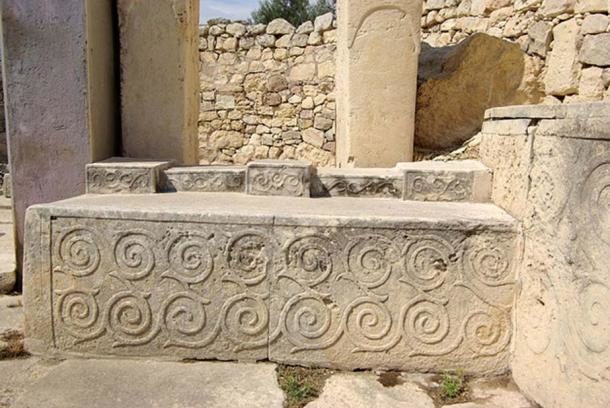The Tarxien Temples have been dated to the Temple Period (which lies between the Neolithic period and the Bronze Age). This temple complex is one of six sites that form the UNESCO World Heritage Site known as the Megalithic Temples of Malta (the other five being Ġgantija, Ħaġar Qim, Mnajdra, Skorba and Ta' Ħaġrat).
The Largest Known Prehistoric Site in Malta
The Tarxien Temples consists of four structures built out of enormous stone blocks. It is the largest known prehistoric site in Malta. These four separate temples are connected by a square court and each of them may be accessed via separate entrances. The construction of these structures has been dated to between 3600 and 2500 BC, with a phase of re-utilization between 2400 and 1500 BC. The temples were then abandoned, only to be re-discovered during the early part of the 20th century.
Whilst little survived of the Tarxien Temples when they were re-discovered, their layouts were still clearly visible. Three of the temples have a five-apse plan, whilst the Central Temple has a six-apse plan. This is unique, as it is the only known example of such a temple layout on the island. It has also been suggested that the Central Temple was the last one to be built and it represents the pinnacle of the evolution of temple architecture in pre-historic Malta.
Possible Purpose for the Megalithic Temples
It has been suggested that the Tarxien Temples were initially used for animal sacrifices. This is supported by the discovery of animal bones, tools (including a flint knife), altars, and reliefs of domestic animals.

Spirals and Spheres at the Megalithic Site
Apart from the animal reliefs, the Tarxien Temples are also decorated with spirals, which is a common motif in the megalithic art of Malta. It is believed by some that spirals symbolize eternity, and therefore this was a popular motif, not only in pre-historic Malta, but also at other megalithic sites across the globe.
Read the rest of the article here:






Comment: Uncovering 5,000 years of Malta's history